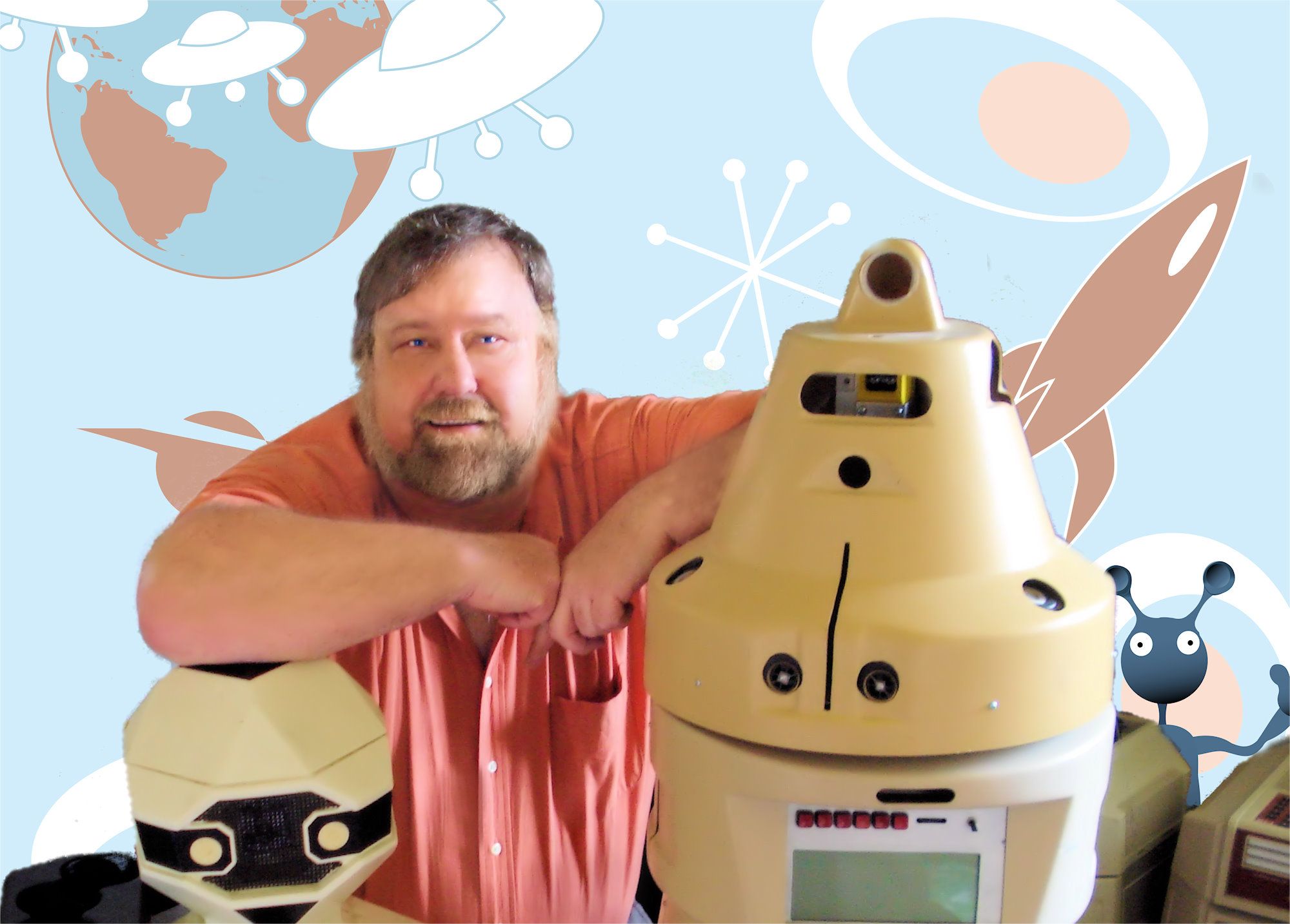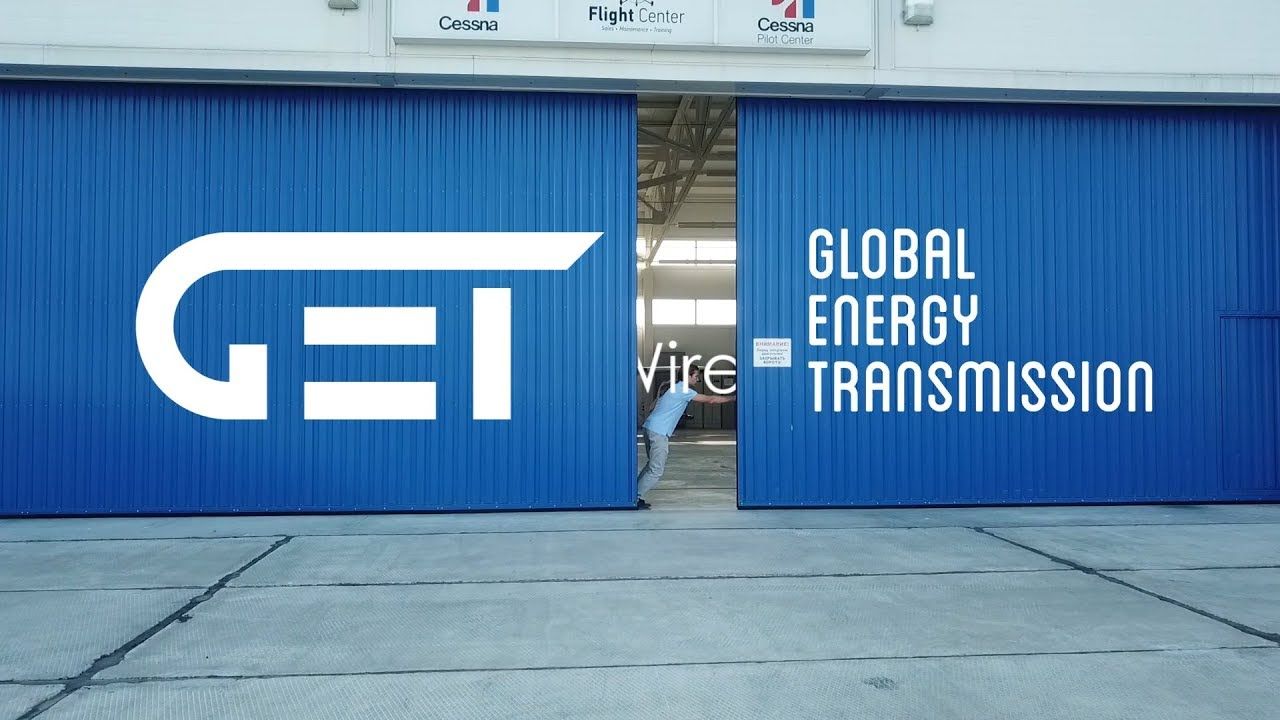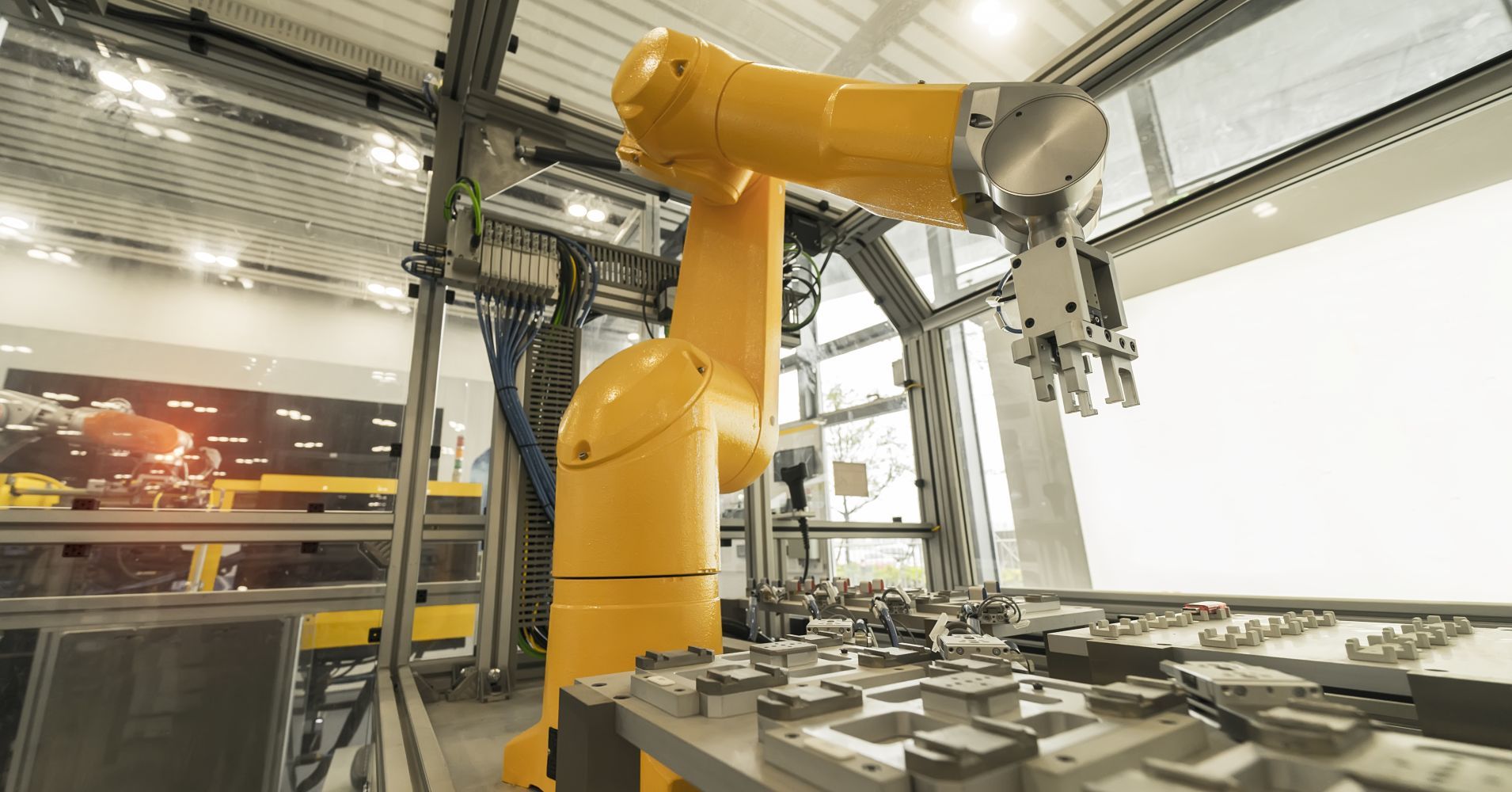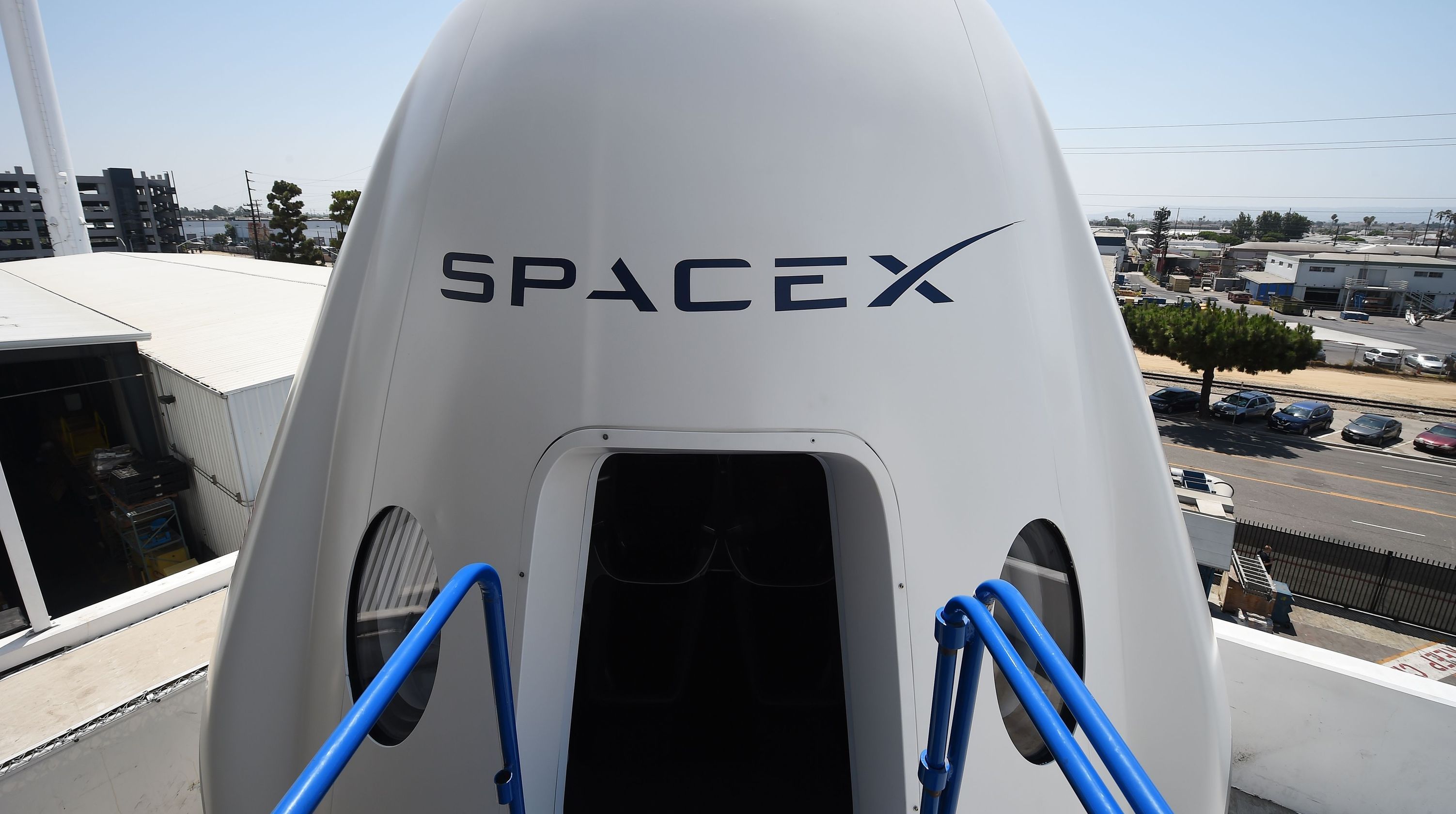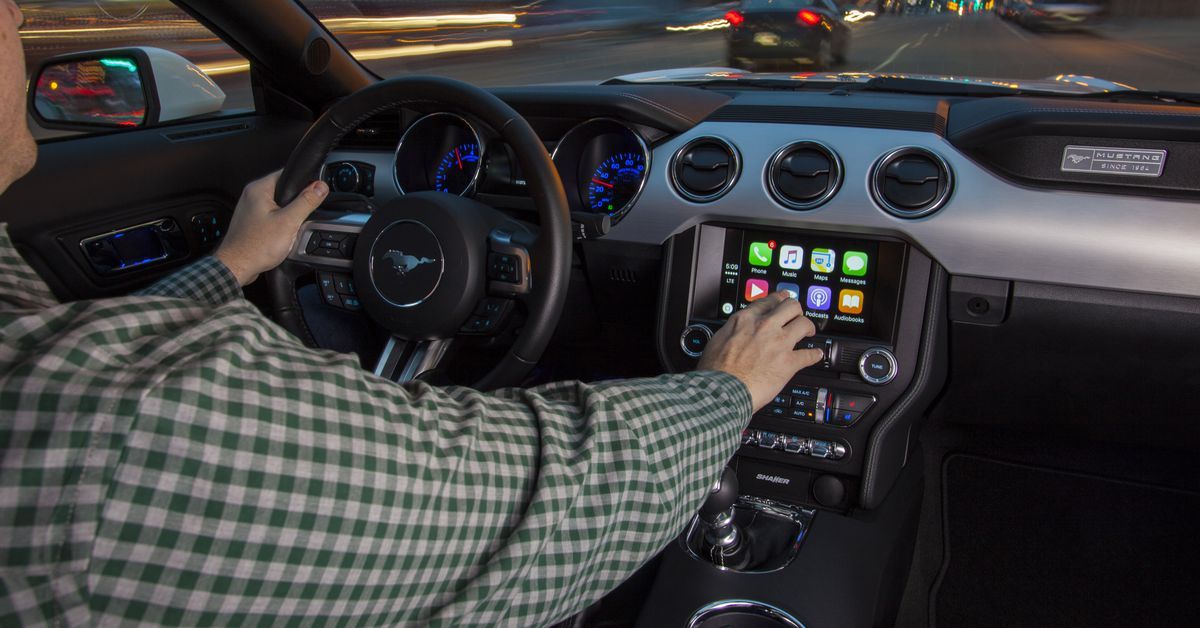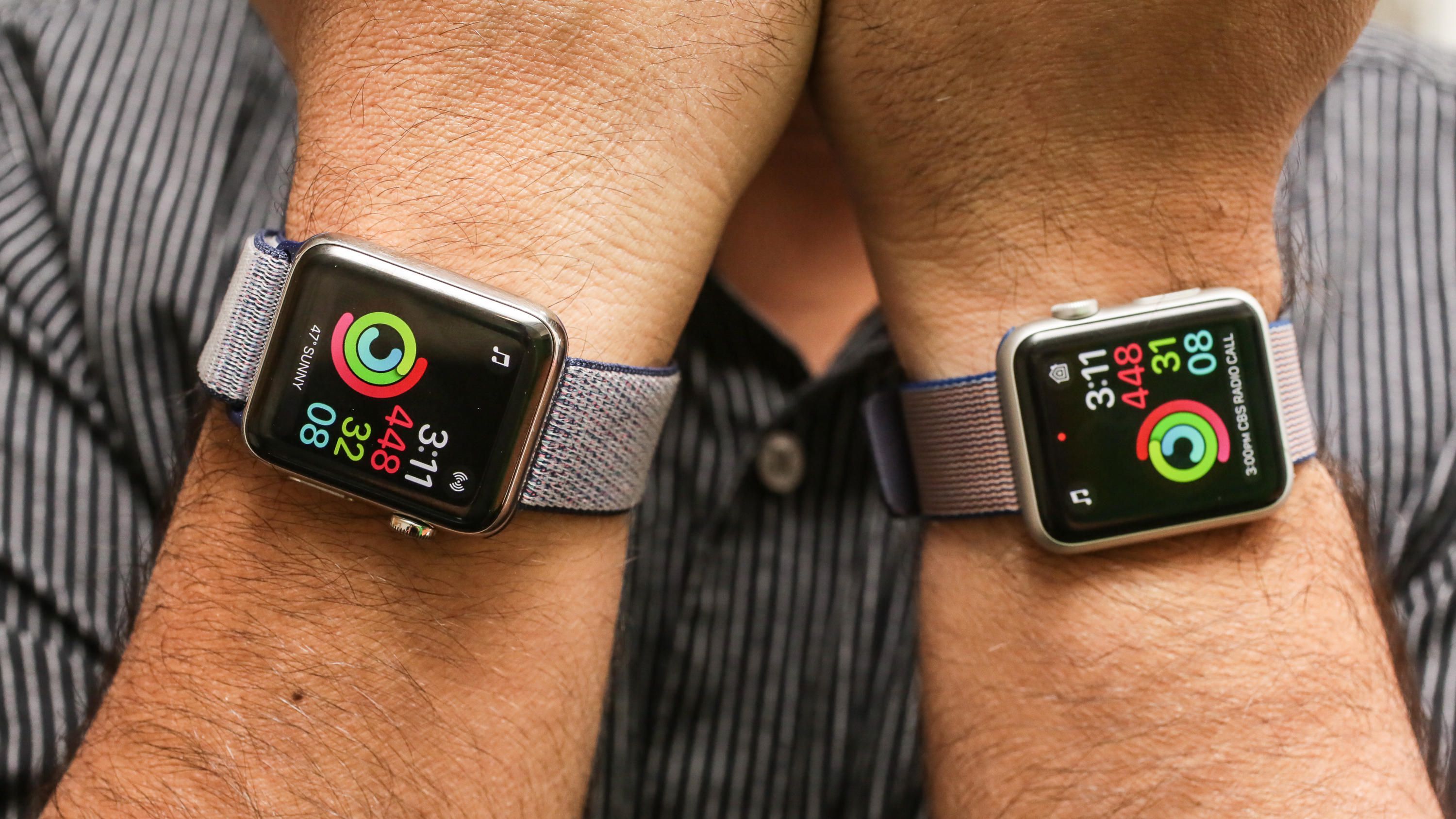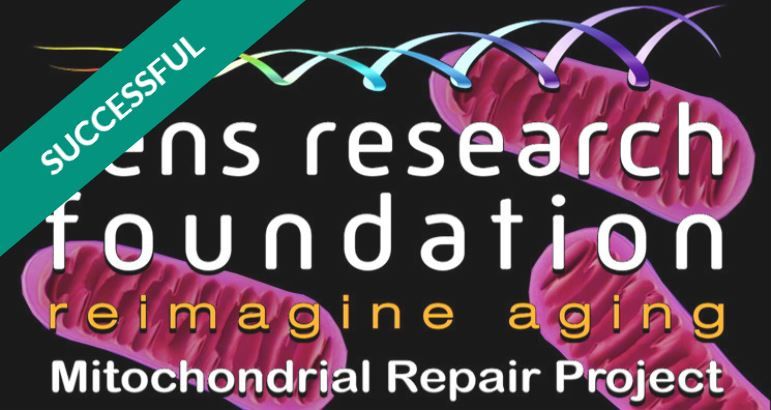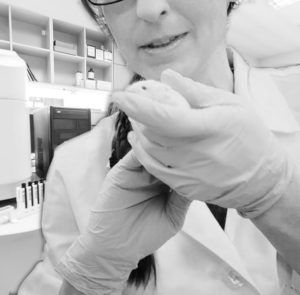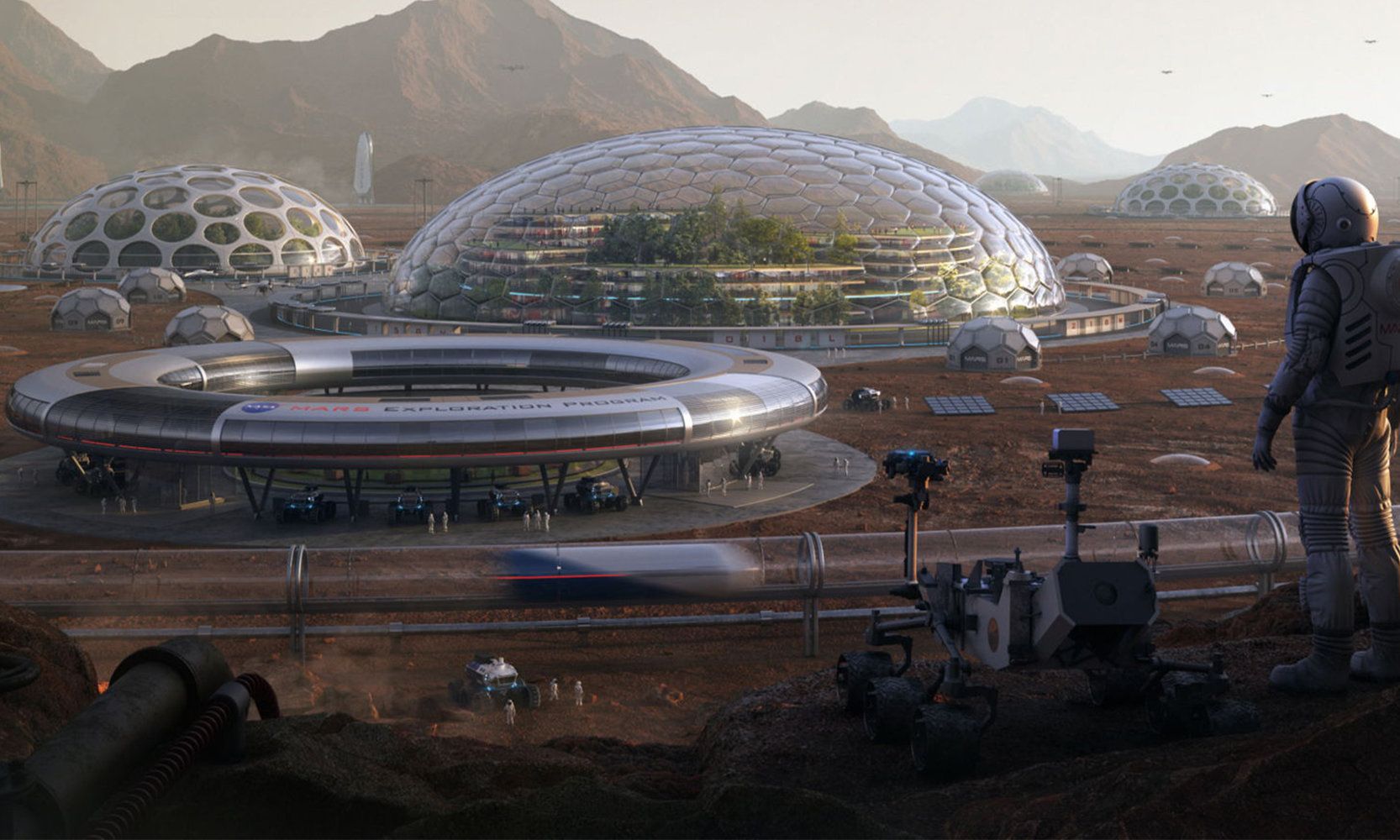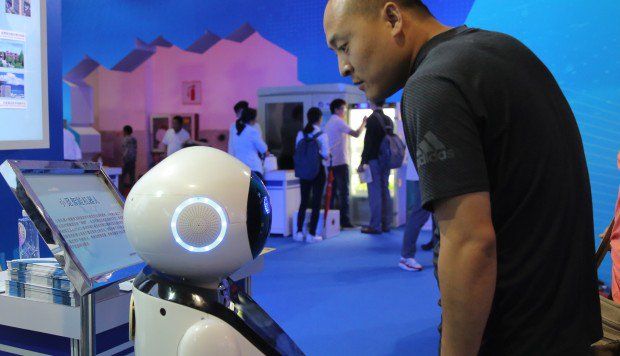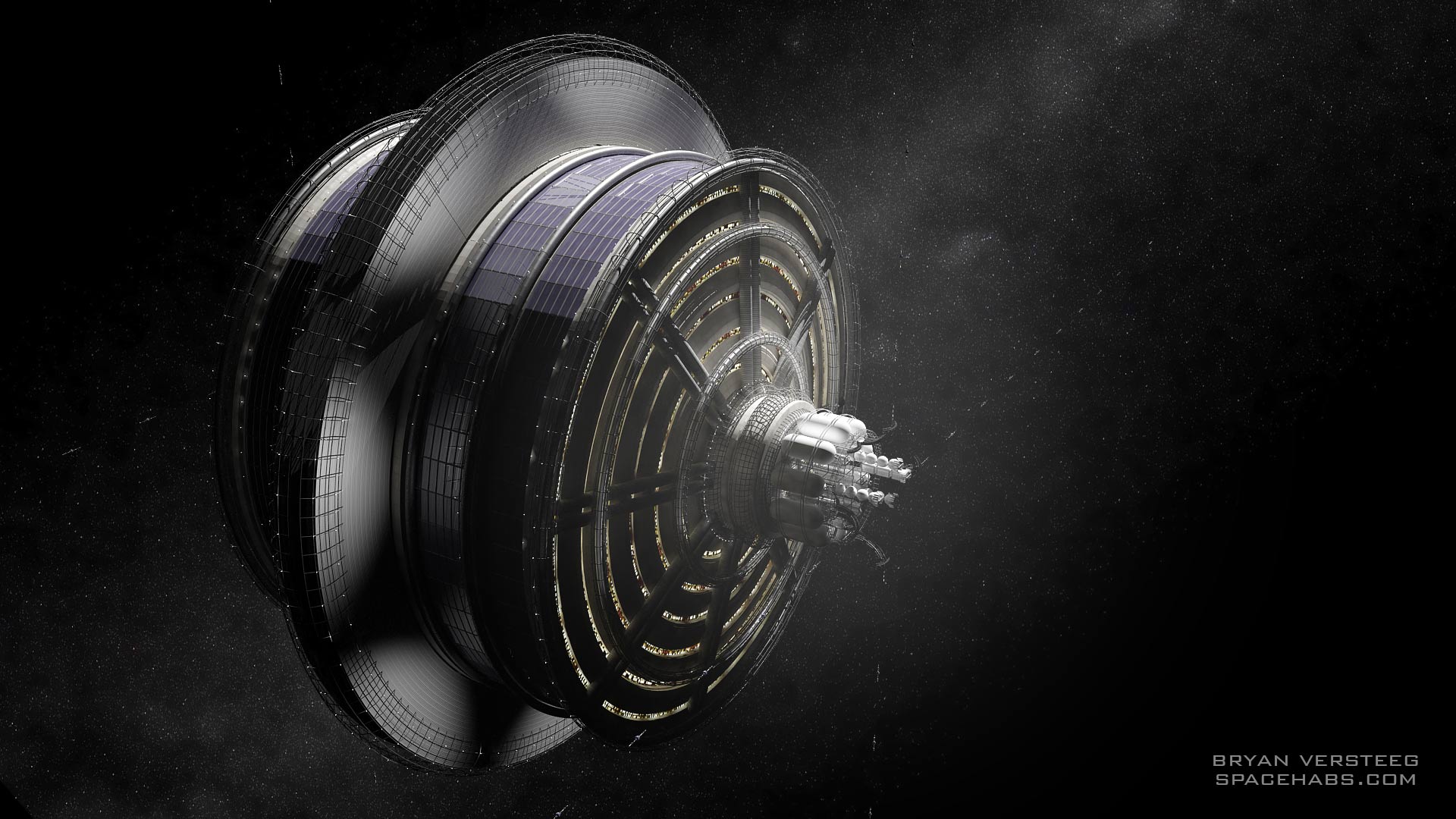I woke up this morning to the sad news that maker-pal and pioneering hobby roboticist, Gordon McComb, had passed away. I wrote a brief eulogy on Make:
It is with a heavy heart that we here at Make: announce the passing of hobby robotics pioneer, Gordon McComb. He died on Monday, Sept 10th, apparently of a heart attack. Gordon was a great friend to Make: and to makers and robotics hobbyists from around the world.
Gordon’s Robot Builder’s Bonanza book, first published in 1987, arguably marks the beginning of hobby robotics as a significant maker category. It was the book that I bought in the late 80s that got me into robot building, and by extension, all forms of hardware hacking…
